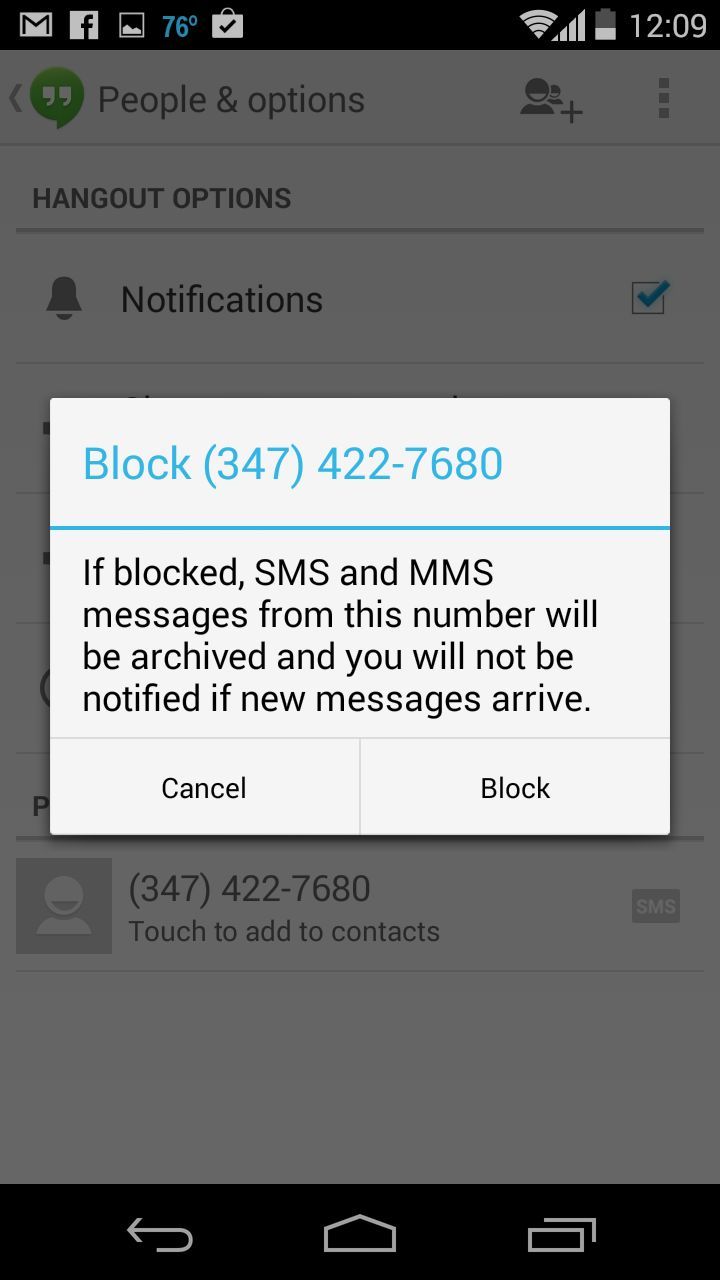

Table blocks can be very useful as you look to structure images and text within an email template. This option will add a shadow to the bottom of the button, giving it a 3D effect.Ĭhoose which color you'd like to make the button's text.Ĭhoose the font for text within the button.Ĭhoose how big or small would you like the text.Ĭhoose if you want the button's text to be bold, regular, light, etc.Ĭhoose the amount of padding in pixels you'd like on the top and bottom of the button.Ĭhoose the amount of padding in pixels you'd like on the left and right of the button. You can decide how square you'd like the border to be - the higher the number, the more rounded the button.Ĭhoose which color you'd like for the inside of your button. You have the following styling options for the button block, found in the Block Styles tab:
#FACEBOOK TEXT BLOCKS FULL#
stretch the button's width to the full width of the template). You can also fit the button to the text you added (vs. Under Format, you can choose the alignment of your button. To add a link to your button, add the URL to the Link URL field within Block Styles The default button text will read "Make Your Purchase." You can edit the text under the Content section within Block Styles. To insert a button, drag the block to the section of your email where you'd like to place the button. Because they're used for CTAs, you'll likely want to use only a few in each email, at the most. Button blocksīutton blocks create larger links that are more obvious and great for emphasizing important calls to action (CTAs). Read more about inserting images into templates. In addition to the common block styles each block has, image blocks have the following extra options:Ĭhoose the background color of the Image block.Ĭhoose the width, style, and color of the border around the image (if you'd like to include a border).Ĭhoose the amount of padding in pixels you'd like around the image. If your image is narrower than the width of the template, stretching it will ensure that it covers the full width of the template. In most cases, this should match the width of the template you're using.Ĭhoose if you would like your image to be left-aligned, right-aligned, or centered. If you would like to bring recipients to a certain page when they click an image, include the URL in the link area.

This is the text that will be displayed in the unlikely event that the image doesn't render (for example, if a recipient has their inbox set to block images by default). Once you select your image, you will be prompted to select:.If you would like to dynamically populate an image within a flow email, choose this option. If you have an image saved as a file on your computer that you'd like to use, choose Browse to find the image on your computer and load it. If you have synced your Klaviyo account with an ecommerce platform, you can browse your product catalog for a product image to use in your template. If you drag one or more images from a folder on your computer into Klaviyo's template editor, you will automatically create an image block for each image.Ĭlick Import from URL and then paste the image's URL.Ĭlick on the Library tab inside of the image block and choose an image that's already been loaded into your library. Drag an image or images from your computer into the template editor.There are several different ways to add an image to the image block: Images can be static or dynamic and will be optimized automatically for all device sizes. Image blocksĪn image block is used to insert an image into your email. If you don’t use this option, certain style tags will be pasted in along with the text, which can cause design issues. If you write your copy outside of the Klaviyo editor (for example, in Google Docs or Microsoft Word) make sure to use the Paste as Plain Text option when pasting your text into the editor.


 0 kommentar(er)
0 kommentar(er)
